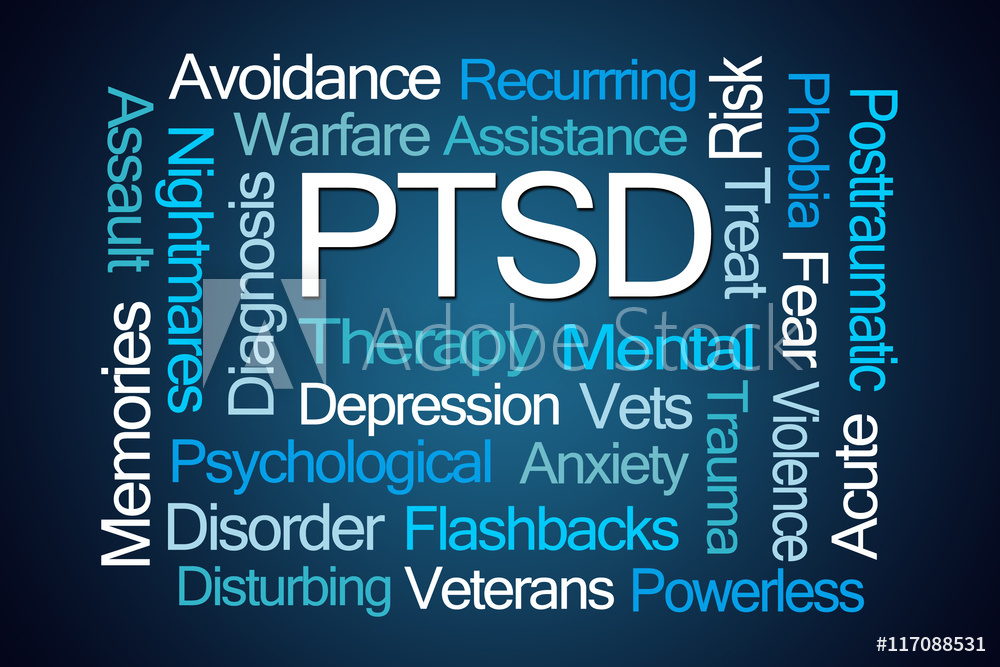
The health benefits of swimming are well documented; however, there are specific benefits for disabled veterans and those suffering from PTSD. Water buoyancy allows movement restricted individuals to move freely and helps build muscle in low muscle tone individuals. Additionally, self-regulation, speech, oral motor control, strength, and coordination are just a few areas that can improve with therapy in the water. According to Disabled Sports USA, swimming not only offers flexibility within the joints and muscles but strengthens the cardiovascular system as well as the major muscle groups in the upper and lower body. Moreover, because the heart works harder when the body is submerged, swimmers benefit from decreased swelling, reduced blood pressure and improved joint position. This, in turn, improves the swimmers’ proprioception, or body awareness.
Additionally, swimming boosts the blood flow to the brain. One 2014 study found that blood flow to the cerebral arteries increased between 9-14% depending on their location in the brain. The benefits of increased blood flow to the brain are improved mood, better concentration and focus, and overall increased cognitive function. For veterans suffering from combat wounds, reprogramming bodily awareness and creating positive physiological change in the brain can be a life-changing experience.
Social/Psychological Benefits of Swimming
Because PTSD is a stress-related disorder, engaging in activities that help reduce stress or provide an outlet for nervous energy can be very effective in helping people living with PTSD cope with their condition. Many medical studies have shown that aerobic activity like swimming can play a pivotal role in a post-traumatic stress disorder therapy program by helping those who suffer from PTSD battle depression and anxiety so they can achieve a healthy mind and body.
In fact, one study shows that swimming can potentially help reverse brain damage caused by stress and anxiety. Swimming promotes the process known as hippocampal neurogenesis. In laymen’s terms, hippocampal neurogenesis is the regrowth of new brain cells in areas of the brain that atrophy under prolonged periods of stress. Moderate aerobic exercise three times a week increases the size of the hippocampus region in the brain, improving cognition, and helping with activities like planning, scheduling, multitasking, and memory. For it to be useful though, the swimming session must be prolonged and sustained.
Additionally, the National Sleep Foundation conducted a poll and found a strong correlation between proper sleep and exercise, discovering that exercise does improve sleep, vital for health, productivity, and overall happier life. According to the Anxiety and Depression Association of America, stress and anxiety may cause sleeping problems or make existing problems worse. (One of the more common symptoms of PTSD is difficulty falling or staying asleep or restless sleep.)
Extended aerobic swimming workouts release the natural compound endorphins, the “feel-good” chemicals produced in your brain to combat those issues. Increased endorphin levels work to lower stress, increase pleasure, and reduce or manage pain. The release of endorphins do help to significantly lower anxiety and relieve depression. However, alongside the brain boost, swimming incorporates the same alternating stretches and regular breathing patterns of many yoga and other relaxation practices, creating a calming, meditative experience. In addition to providing opportunities for a safe and effective workout, application of such a meditative experience can be of particular value for veterans suffering from PTSD and the accompanying sleep issues that can occur.
Lastly, research shows that participation in swimming for individuals with disabilities afforded the participants heightened senses of self-concept, independence, ability and pride and an enhanced perceived quality of life. Athletes found that they were able to redefine their physical capabilities, strengthen social connections and improve acceptance among their peers. For veterans suffering from PTSD and failure to reintegrate, this is a vital piece of the healing puzzle.
PTSD Therapy Swim Program
Our aquatic therapy program/PTSD therapy swim program is custom-designed for each individual and does the following for physical and mental health:
• Increases resistance.
• Improves stamina, strength, and endurance.
• Encourages a broader range of movement and opposition.
• Reduces pain and tension in muscles and joints.
• Improves cardiovascular conditioning since the heart pumps more blood per beat when the body is submerged in water.
• Decreases post-exercise discomfort.
• Range of movement increases and repetition, stretching and balancing is more sustainable.
• Develops and maintains physical control.
• Increases energy levels.
• Achieve your weight loss goals.
• Helps to develop discipline.
• Improves psychological outlook.
• Enhances self-concept and confidence.
• Increases independence and quality of life.
The unique positioning of swimming as a PTSD therapy that works in both a physical and spiritual way, while having a profound healing effect on the brain, cannot be ignored or dismissed. Water has long been revered in all major world religions as a source of creative power, a giver and sustainer of life, and force of cleansing and purity. The thread woven throughout is clear. Water has the power to transform.
Molly is a member of our creative team, mom of four water-loving babies, and a fierce advocate for CPR training and really early swim instruction.

